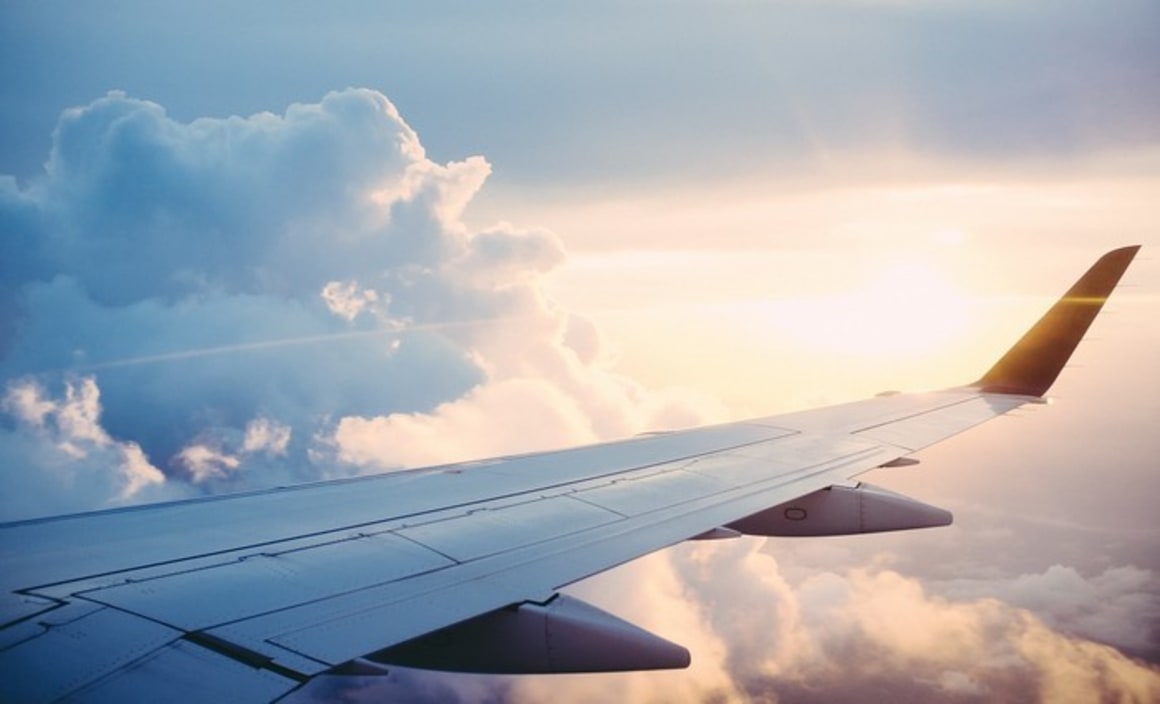Chinese tourism growth is the slowest in eight years: Craig James

EXPERT OBSERVER
Tourist arrivals fell by 0.1 per cent in November with Aussie tourist departures down by 0.4 per cent.
Tourists from China hit record highs over the year but annual growth of Chinese inflows is the slowest in 8½ years.
Winners:
The ACT and Tasmania are attracting a record share of the visitors to Australia.
What does it all mean?
The number of Chinese tourists is at fresh record highs. But tourist numbers are not growing like they used to – annual growth is the slowest in 8½ years. The slowdown of the Chinese economy and on-going US-China trade dispute is having real consequences for our retail and hospitality sectors.
It is the spin-off from higher migration – a record proportion of the people coming to our shores are here to see family and friends. This trend has consequences for the accommodation, hospitality and rental car industries.
The shares are still small – but the ACT and Tasmania are attracting a record share of visitors to Australia. The bad news for the Northern Territory is that its share of visitors is at record lows.
There is solid growth of Aussies deciding to go overseas for an extended period. But there are also plenty of people from other countries wanting to migrate to Australia or stay for an extended period. In a net sense, over the past year almost 290,000 more foreigners decided to call Australia home – the highest level since mid-2014
The migrants are here to study and/or work, importantly filling skill gaps in our workforce. The extra number of people need to find accommodation, may buy cars and use public transport. So it is always important that businesses and governments are on top of the trends. What do the figures show?
Tourism
Tourist arrivals fell 0.1 per cent to 778,200 in November, only the second fall in seven months. Arrivals are up 2.6 per cent over the year.
A record 30 per cent of visitors to Australia are here to see friends and relatives. The share of visitors arriving for a holiday is at 3-year lows.
Aussie tourist departures rose by 2.4 per cent in November but are still up 5.2 per cent over the year.
Over the 12 months to November, arrivals are up 4.9 per cent and departures up by 4.0 per cent.
In November, tourists from Greater China (China and Hong Kong) totalled 143,700 (mainland China 117,100; Hong Kong 26,600), ahead of New Zealand (116,500).
China is the largest source of tourists to Australia. Over the past year a record 1,438,500 tourists came to Australia from China, up by 4.7 per cent.
Tourists from New Zealand totalled 1,381,600 visitors over the past year, up by 1.6 per cent.
A record 354,500 Indian tourists travelled to Australia over the year to November, up by 18.4 per cent.
In November alone, there were record tourist inflows from Belgium, India and Canada.
In November, a record number of Aussies travelled to New Zealand, Italy, Indonesia and Sri Lanka.
Migration
In November there were 55,490 permanent and long-term arrivals in Australia. The annual number of permanent and long-term overseas arrivals rose to a record high 828.980 in November, up by 6.6 per cent over the year.
In November there were 42,170 permanent and long-term departures in Australia. The annual number of permanent and long-term overseas arrivals fell from 541,220 to 540,760 in November but were up by 6.3 per cent over the year.
Net permanent and long-term arrivals stood at 288,220 in the year to November – a 4½-year high.
What are the implications for interest rates and investors?
Annual growth of Chinese tourists is now the slowest in 8½ years. If the slowdown continues, it will have implications for airlines, retailers and tourism-dependent businesses.
The net number of migrants is growing at a 7 per cent annual pace – the fastest growth in 16 months. The growing number of migrants provides all-important momentum to the economy and boosts the outlook for housing and retail sectors.
Why are the ACT and Tasmanian economies doing so well? One reason is home construction, but it appears tourism is also playing a big role. The two economies are attracting a record share of the visitors to the country.
CommSec expects the official cash rate to remain steady until later in 2019.
Craig James is the Chief Economist of CommSec